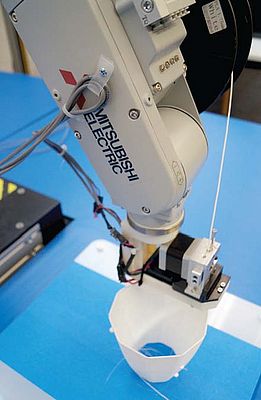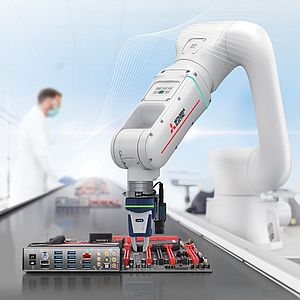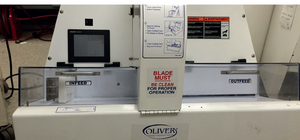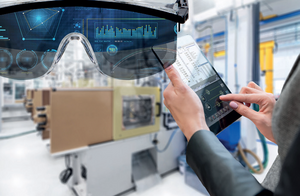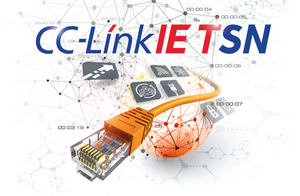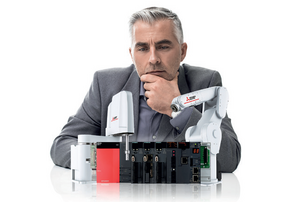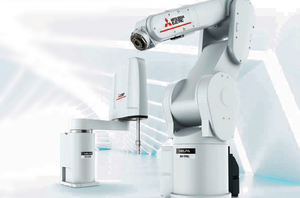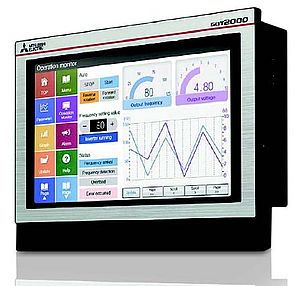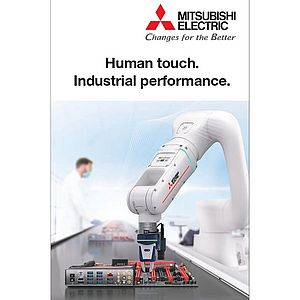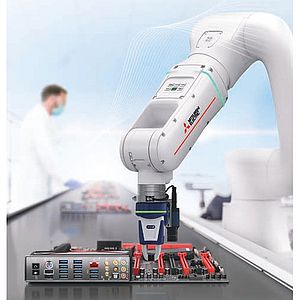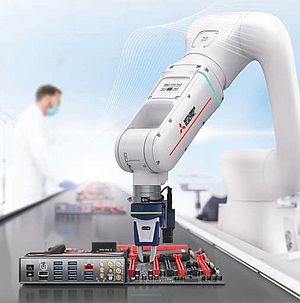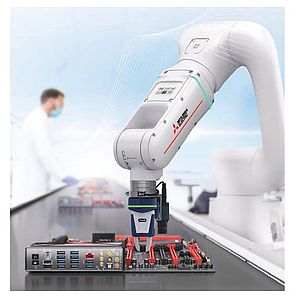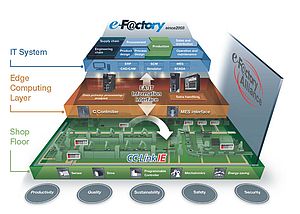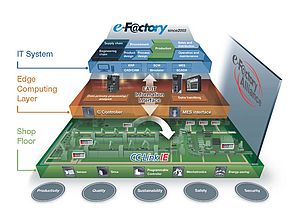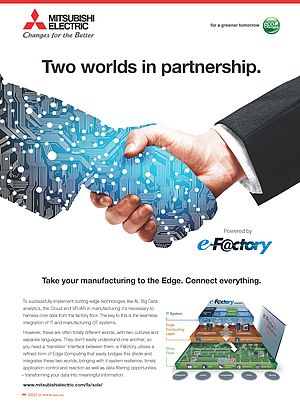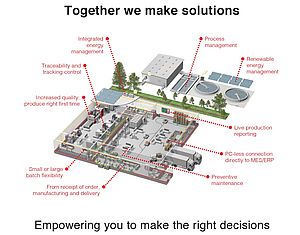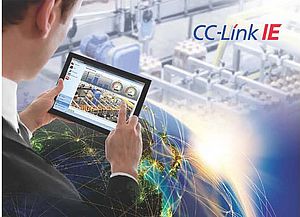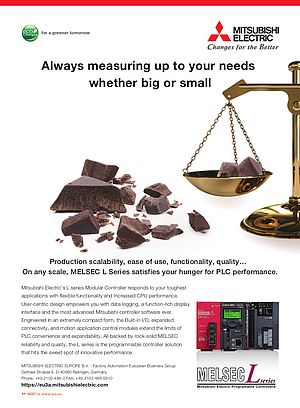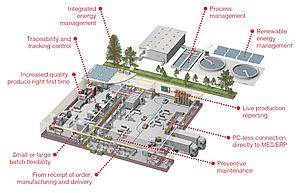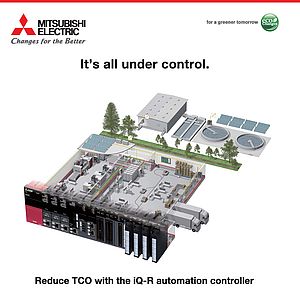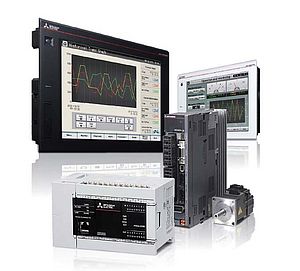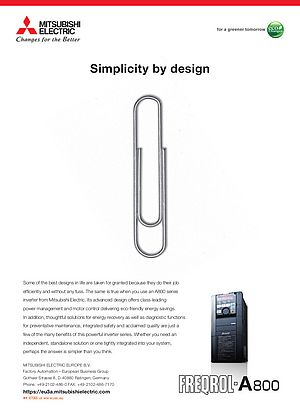A project at the Centre for Fine Print Research (CFPR) is looking at 3D printing from a totally different angle - where the emphasis is placed on meaningful expression, rather than the accurate reproduction of digital data. A flexible Mitsubishi Electric MELFA RV-7FLM articulated arm industrial robot is at the centre of the project.
Additive Manufacturing (3D printing) is increasingly being used in the manufacturing industry for prototyping, low volume manufacture and for making items with complex shapes which cannot easily be reproduced by other means. The main challenge is posed by complex geometry; when an object is to be fabricated, the shape must be broken down into a series of machine tool paths that will accumulate material by building up layers in a stable and reliable way. For this reason, 3D printing is generally a very precisely controlled process, both in terms of the type of movement (steady acceleration and velocity) and the deposition of materials. In industrial applications, material is deposited or fused in small quantities. The machines are accordingly operated in a logical, numerical way, just as in CNC machining.
Conversely, the Centre for Fine Print Research (CFPR) project is looking at 3D printing from the viewpoint of the Arts, where the emphasis is placed on meaningful expression. A good analogy to the project would be the potter’s wheel, where the artist works in direct contact with clay and with an intimate understanding of the constraints of working the material and the wheel in synergy. Here, the artist is able to express something with the material, often pushing the material to its limits, for example by generating sweeping elegant forms, or revealing new material qualities, such as translucency.
Using a printer in ‘unusual ways’ means moving beyond simply using CAD models and slicing algorithms, as these are too automated. By writing proprietary software, it is possible to develop printing methods from the point of view of how the material can be expressively played with. In order to achieve this shifted perspective, the project is using a Mitsubishi Electric MELFA RV-7FLM robot arm to research technologies and techniques to sense and manipulate materials in a dynamic way, rather than deposit them in fixed, rigid or ‘machine-like’ ways.


